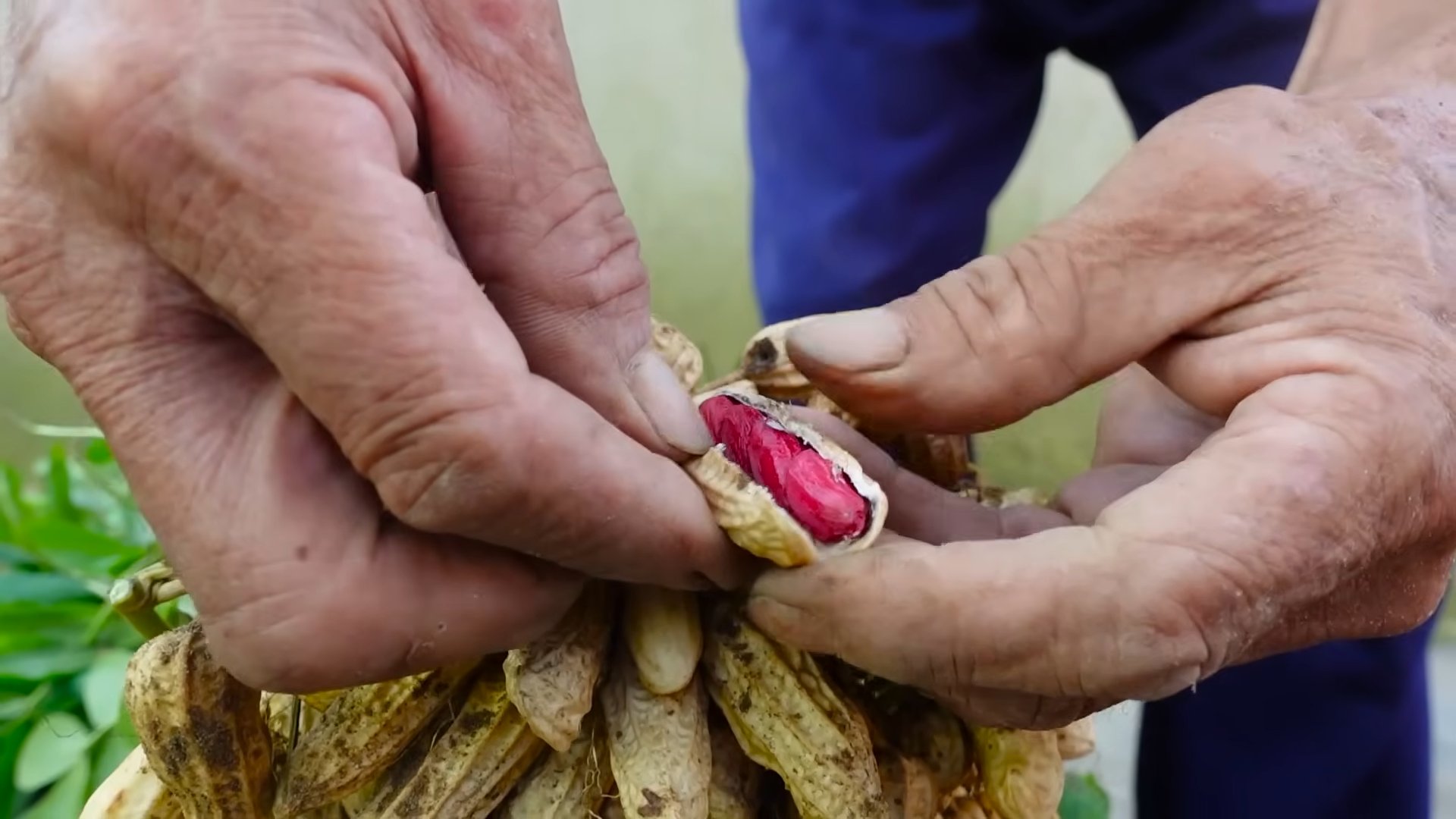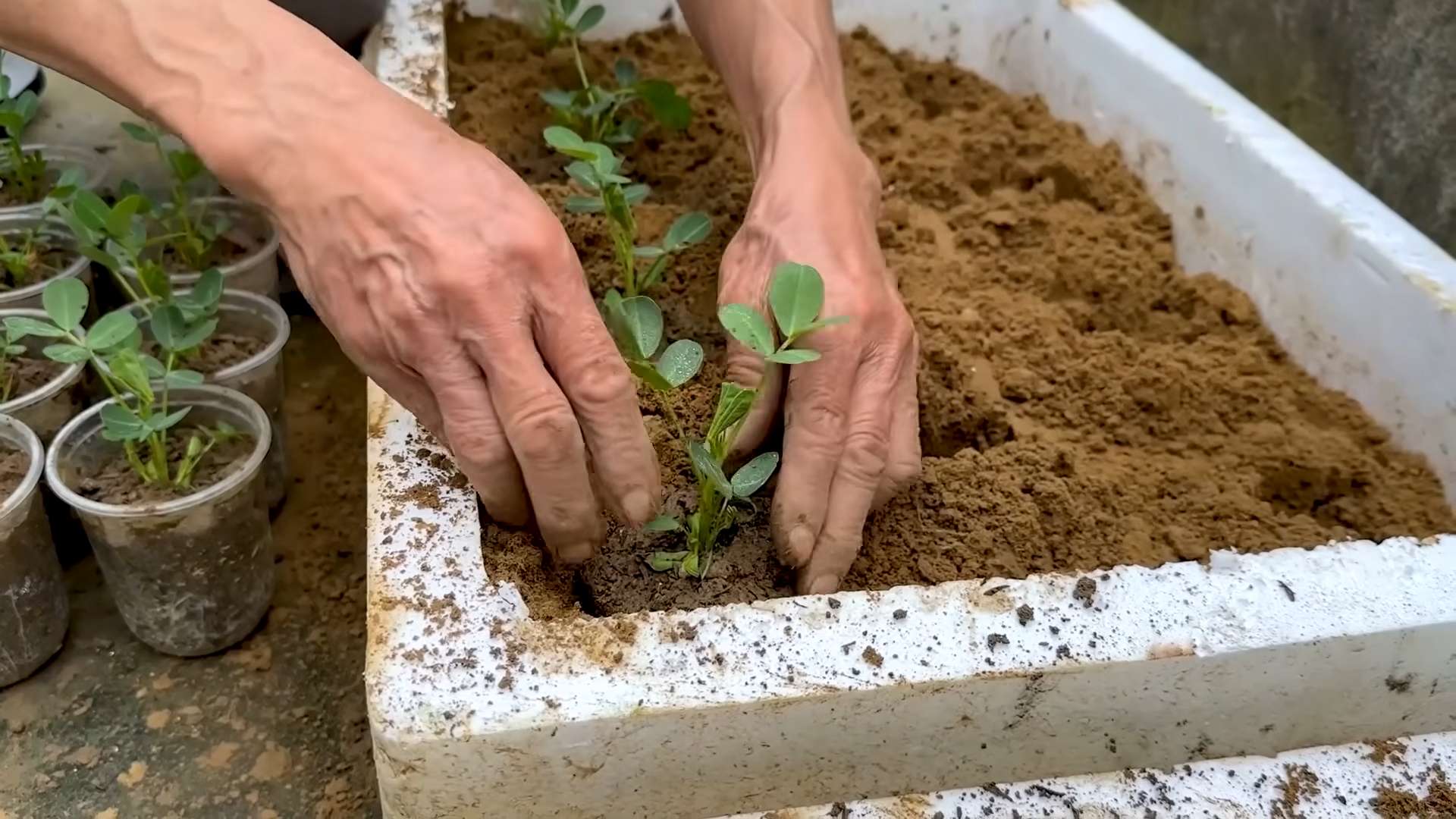Year Round Zucchini Growing might seem like a gardener’s pipe dream, especially if you live somewhere with frosty winters! But trust me, it’s more achievable than you think. Imagine fresh, vibrant zucchini gracing your table even when snow is falling outside. No more bland, store-bought substitutes – just homegrown goodness all year long!
For centuries, gardeners have strived to extend the growing season, experimenting with techniques to coax warmth-loving plants through colder months. From ancient Roman greenhouses to the modern-day cold frames, the desire to cultivate fresh produce year-round is deeply rooted in our history. Think about it: access to fresh vegetables, especially during harsh winters, was a matter of survival and a symbol of prosperity.
Why should you bother with these DIY tricks for year round zucchini growing? Well, beyond the sheer satisfaction of defying the seasons, you’ll be saving money on groceries, reducing your carbon footprint by avoiding imported produce, and enjoying the unparalleled flavor of freshly picked zucchini. Plus, it’s a fantastic way to stay active and engaged with nature, even when the weather outside is frightful. In this article, I’m going to share some simple, effective DIY hacks that will empower you to harvest zucchini throughout the entire year. Let’s get started!

Growing Zucchini All Year Round: My DIY Guide to Bumper Crops!
Hey there, fellow gardening enthusiasts! Are you tired of zucchini season being a fleeting summer romance? Do you dream of zucchini bread, zucchini noodles, and grilled zucchini all year long? Well, you’ve come to the right place! I’m going to share my tried-and-true method for growing zucchini indoors, allowing you to harvest these delicious veggies no matter the weather outside. It might seem daunting, but trust me, with a little planning and effort, you can have a continuous supply of zucchini goodness.
What You’ll Need: The Essential Supplies
Before we dive into the nitty-gritty, let’s gather our supplies. This is crucial for a smooth and successful indoor zucchini growing experience.
* Zucchini Seeds: Choose a bush variety specifically bred for container gardening. These tend to be more compact and manageable indoors. I personally love ‘Black Beauty’ and ‘Spacemiser’ for their reliability and flavor.
* Large Containers: Zucchini plants need room to spread their roots. I recommend containers that are at least 24 inches in diameter and 18 inches deep. Fabric pots are a great option as they allow for good drainage and aeration.
* High-Quality Potting Mix: Don’t skimp on the potting mix! Use a well-draining mix that’s rich in organic matter. I usually mix equal parts of peat moss, perlite, and compost. Avoid using garden soil, as it can compact and hinder drainage.
* Grow Lights: This is arguably the most important element for indoor zucchini growing. Zucchini plants need at least 6-8 hours of direct sunlight per day. Since we’re growing indoors, we’ll need to supplement with grow lights. I recommend LED grow lights, as they are energy-efficient and provide the full spectrum of light that plants need.
* Fertilizer: Zucchini plants are heavy feeders, so you’ll need to fertilize them regularly. Use a balanced fertilizer (e.g., 10-10-10) during the vegetative stage and switch to a fertilizer with a higher phosphorus content (e.g., 5-10-5) once the plants start to flower.
* Pollination Tools: Since we don’t have bees buzzing around indoors, we’ll need to hand-pollinate our zucchini flowers. A small paintbrush or cotton swab will do the trick.
* Watering Can or Hose: For, well, watering!
* Pruning Shears: For trimming leaves and harvesting zucchini.
* Optional: A trellis or support system. While bush varieties are compact, they can still benefit from some support, especially when loaded with fruit.
Phase 1: Getting Started – Planting Your Zucchini Seeds
Okay, let’s get our hands dirty! This is where the magic begins.
1. Prepare Your Containers: Fill your containers with the potting mix, leaving about an inch of space at the top. Gently pat down the soil.
2. Sow the Seeds: Plant 2-3 zucchini seeds per container, about 1 inch deep. Space them evenly apart.
3. Water Thoroughly: Water the soil gently until it’s evenly moist but not soggy.
4. Provide Warmth: Zucchini seeds germinate best in warm temperatures (around 70-80°F). You can use a heat mat to speed up the germination process.
5. Position Under Grow Lights: Place the containers under your grow lights. Keep the lights about 6-12 inches above the soil surface.
6. Monitor Germination: Keep the soil consistently moist. You should see seedlings emerge within 7-10 days.
Phase 2: Nurturing Your Seedlings – From Sprout to Strong Plant
Once your seedlings emerge, it’s time to provide them with the care they need to thrive.
1. Thin the Seedlings: Once the seedlings have developed a few true leaves, thin them to one plant per container. Choose the strongest and healthiest-looking seedling and gently snip off the others at the soil line.
2. Adjust Grow Lights: As the seedlings grow, adjust the height of the grow lights to maintain a distance of 6-12 inches above the plants.
3. Water Regularly: Water the plants when the top inch of soil feels dry to the touch. Avoid overwatering, as this can lead to root rot.
4. Fertilize: Start fertilizing the plants with a balanced fertilizer (e.g., 10-10-10) every 2-3 weeks. Follow the instructions on the fertilizer label.
5. Provide Air Circulation: Good air circulation is essential for preventing fungal diseases. You can use a small fan to circulate the air around the plants.
6. Monitor for Pests: Keep an eye out for common pests like aphids, spider mites, and whiteflies. If you spot any pests, treat them with an organic insecticide like neem oil or insecticidal soap.
Phase 3: The Flowering and Fruiting Stage – Hand-Pollination is Key!
This is where things get exciting! Zucchini plants produce both male and female flowers. The female flowers have a small zucchini fruit at the base, while the male flowers have a long, slender stem.
1. Identify Male and Female Flowers: Learn to distinguish between male and female flowers. This is crucial for hand-pollination.
2. Hand-Pollinate: In the morning, when the flowers are fully open, use a small paintbrush or cotton swab to collect pollen from the male flower. Gently transfer the pollen to the stigma (the sticky part) of the female flower.
3. Repeat Daily: Repeat the hand-pollination process daily, as the flowers only stay open for one day.
4. Monitor Fruit Development: After successful pollination, the small zucchini fruit at the base of the female flower will start to swell.
5. Fertilize: Switch to a fertilizer with a higher phosphorus content (e.g., 5-10-5) to promote fruit development.
6. Provide Support: If your zucchini plants are getting heavy with fruit, provide them with some support using a trellis or stakes.
Phase 4: Harvesting Your Bounty – Enjoying Your Homegrown Zucchini
The moment you’ve been waiting for! It’s time to harvest your delicious, homegrown zucchini.
1. Harvest at the Right Size: Harvest zucchini when they are about 6-8 inches long. They will be more tender and flavorful at this size.
2. Use Pruning Shears: Use pruning shears to cut the zucchini from the plant, leaving a short stem attached.
3. Harvest Regularly: Harvest zucchini regularly to encourage the plant to produce more fruit.
4. Store Properly: Store zucchini in the refrigerator for up to a week.
5. Enjoy! Use your homegrown zucchini in your favorite recipes, from zucchini bread to zucchini noodles to grilled zucchini.
Troubleshooting: Common Issues and How to Fix Them
Even with the best care, you might encounter some challenges along the way. Here are some common issues and how to address them:
* Yellowing Leaves: This could be a sign of overwatering, underwatering, or nutrient deficiency. Check the soil moisture and adjust your watering schedule accordingly. Fertilize the plants with a balanced fertilizer.
* Powdery Mildew: This fungal disease can cause a white, powdery coating on the leaves. Improve air circulation and treat the plants with an organic fungicide like neem oil or baking soda spray.
* Blossom End Rot: This is caused by a calcium deficiency. Ensure that your potting mix is rich in calcium and water the plants consistently. You can also add calcium to the soil by mixing in some crushed eggshells or bone meal.
* Lack of Pollination: If your zucchini plants are producing flowers but not fruit, it’s likely due to a lack of pollination. Make sure you’re hand-pollinating the flowers regularly.
* Pests: As mentioned earlier, keep an eye out for common pests and treat them with an organic insecticide.
Tips and Tricks for Success
Here are a few extra tips to help you achieve zucchini-growing success:
* Rotate Your Crops: Avoid planting zucchini in the same container year after year. This can help prevent soilborne diseases.
* Prune Regularly: Prune away any yellowing or damaged leaves to improve air circulation and prevent disease.
* Provide Adequate Light: Make sure your zucchini plants are getting enough light. If you’re using grow lights, adjust the height as needed.
* Be Patient: Growing zucchini indoors takes time and effort. Don’t get discouraged if you don’t see results immediately. Just keep providing your plants with the care they need, and you’ll be rewarded with a bountiful harvest.
* Succession Planting: To ensure a continuous supply of zucchini, start

Conclusion
So, there you have it! Year-round zucchini growing might seem like a gardener’s pipe dream, especially if you live outside of perpetually sunny climates, but with a little ingenuity and these simple DIY tricks, it’s absolutely achievable. We’ve walked you through everything from selecting the right varieties and providing supplemental lighting to creating a cozy, temperature-controlled environment and mastering the art of hand-pollination.
Why is this a must-try? Because fresh, homegrown zucchini, bursting with flavor and nutrients, shouldn’t be a seasonal treat. Imagine adding vibrant zucchini blossoms to your winter salads, baking a warm zucchini bread in the dead of January, or grilling up tender zucchini spears alongside your holiday roast. The possibilities are endless! Beyond the culinary delights, extending your zucchini growing season offers a profound sense of accomplishment and connection to nature, even when the world outside is blanketed in snow.
Don’t be afraid to experiment with variations. Try different grow light spectrums to see which yields the best results for your specific zucchini variety. Explore hydroponic systems for even greater control over nutrient delivery and water usage. Consider companion planting within your indoor garden to deter pests naturally. Perhaps you could even try grafting your zucchini onto a more cold-hardy rootstock for added resilience. The beauty of DIY gardening lies in the freedom to adapt and innovate.
We understand that year-round zucchini growing might seem daunting at first, but we encourage you to take the plunge. Start small, perhaps with just one or two plants, and gradually expand your operation as you gain confidence and experience. The rewards – both in terms of fresh produce and personal satisfaction – are well worth the effort.
Now, it’s your turn! We’re eager to hear about your experiences with year-round zucchini growing. Share your successes, your challenges, and your unique adaptations in the comments below. Let’s build a community of passionate gardeners who are pushing the boundaries of what’s possible. Don’t forget to share photos of your bountiful harvests – we can’t wait to see what you create! Happy growing!
Frequently Asked Questions (FAQ)
What are the best zucchini varieties for year-round growing indoors?
Choosing the right variety is crucial for success. Bush varieties like ‘Black Beauty,’ ‘Spacemiser,’ and ‘Patio Star’ are generally better suited for indoor growing due to their compact size. These varieties require less space and are easier to manage in containers. However, don’t be afraid to experiment with other varieties, especially if you have ample space and a robust support system. Consider also looking for varieties that are known for their disease resistance, as indoor environments can sometimes be prone to fungal issues. Remember to research the specific needs of each variety to ensure optimal growth and fruit production.
How much light do zucchini plants need indoors?
Zucchini plants are heavy feeders, and that includes light! They require at least 6-8 hours of direct light per day. If you don’t have a south-facing window that provides sufficient sunlight, you’ll need to supplement with grow lights. LED grow lights are a great option because they are energy-efficient and produce very little heat. Look for full-spectrum LED lights that provide a balance of red and blue light, which are essential for both vegetative growth and flowering. The distance between the grow lights and the plants is also important. Generally, keep the lights about 6-12 inches above the plants, adjusting as needed to prevent burning. Monitor your plants closely for signs of light stress, such as bleached leaves or stunted growth.
What is the ideal temperature for growing zucchini indoors?
Zucchini plants thrive in temperatures between 65°F and 75°F (18°C and 24°C). Avoid exposing them to temperatures below 60°F (15°C) or above 85°F (29°C), as this can negatively impact their growth and fruit production. Use a thermometer to monitor the temperature in your growing area and adjust accordingly. If your home is naturally cool, consider using a heat mat or space heater to provide supplemental warmth. Conversely, if your home is prone to overheating, use fans or air conditioning to keep the temperature within the optimal range. Proper ventilation is also important to prevent the buildup of humidity, which can lead to fungal diseases.
How do I hand-pollinate zucchini flowers indoors?
Since you won’t have bees or other pollinators indoors, you’ll need to hand-pollinate your zucchini flowers. Zucchini plants have separate male and female flowers. The male flowers have a long, thin stem, while the female flowers have a small, immature zucchini fruit at the base. To hand-pollinate, use a small paintbrush or cotton swab to collect pollen from the male flower and transfer it to the stigma of the female flower. The best time to hand-pollinate is in the morning, when the pollen is most viable. Repeat the process for several days to ensure successful pollination. You’ll know that pollination was successful if the zucchini fruit starts to grow and develop. If the fruit turns yellow and withers, it means that pollination failed.
What kind of soil should I use for growing zucchini in containers?
Use a well-draining potting mix that is rich in organic matter. Avoid using garden soil, as it can be too heavy and compact for container gardening. A good potting mix will provide adequate drainage and aeration, which are essential for healthy root growth. You can also amend your potting mix with compost or other organic materials to improve its fertility. Consider adding perlite or vermiculite to further improve drainage. Ensure that your containers have drainage holes to prevent waterlogging.
How often should I water my zucchini plants indoors?
Water your zucchini plants regularly, keeping the soil consistently moist but not waterlogged. The frequency of watering will depend on several factors, including the size of your containers, the temperature, and the humidity. Check the soil moisture level regularly by sticking your finger into the soil. If the top inch of soil feels dry, it’s time to water. Water deeply, allowing the water to drain out of the drainage holes. Avoid overwatering, as this can lead to root rot.
What kind of fertilizer should I use for zucchini plants?
Zucchini plants are heavy feeders and require regular fertilization. Use a balanced fertilizer that is specifically formulated for vegetables. Look for a fertilizer with an NPK ratio of around 10-10-10 or 14-14-14. Fertilize your plants every 2-3 weeks, following the instructions on the fertilizer label. You can also supplement with organic fertilizers, such as compost tea or fish emulsion. Avoid over-fertilizing, as this can lead to nutrient burn.
How do I deal with pests and diseases on my indoor zucchini plants?
Indoor zucchini plants can be susceptible to pests such as aphids, spider mites, and whiteflies. Regularly inspect your plants for signs of infestation. If you find pests, you can try washing them off with a strong stream of water or using insecticidal soap. For more severe infestations, you may need to use a stronger insecticide. Preventative measures, such as maintaining good air circulation and keeping your growing area clean, can also help to reduce the risk of pests. Fungal diseases, such as powdery mildew, can also be a problem. To prevent fungal diseases, avoid overwatering, provide good air circulation, and use a fungicide if necessary.
How long does it take for zucchini to mature?
Zucchini typically matures in 45-55 days from planting. However, the exact time will depend on the variety, the growing conditions, and the size of the fruit you desire. Harvest your zucchini when it is young and tender, typically when it is about 6-8 inches long. Overripe zucchini can become tough and seedy. Regular harvesting will also encourage the plant to produce more fruit.
Can I grow zucchini in a small apartment?
Yes, you can absolutely grow zucchini in a small apartment! Choose compact bush varieties, use appropriately sized containers, and provide adequate lighting. Vertical gardening techniques, such as using trellises or hanging planters, can also help to maximize space. With a little planning and creativity, you can enjoy fresh, homegrown zucchini even in the smallest of living spaces. Year-round zucchini growing is possible for everyone!





Leave a Comment